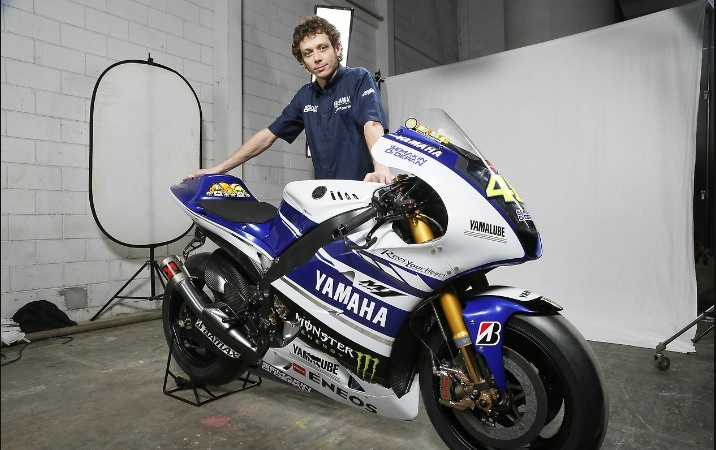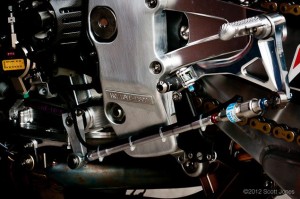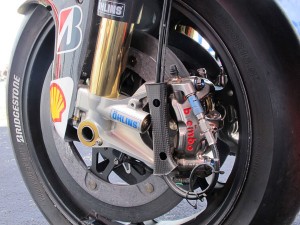The first question that comes into mind’s of ours when we watch a MotoGP race is how can a bike go so fast? Or some of us might think, what makes these bikes so special?
Well, these bikes are definitely extraordinary. The technology used in Grand Prix is track limited and public is not addressed to such technologically advanced motorcycles on road. Neither these motorcycle’s are for sale or production ready. But, what these motorcycle use is nothing less than exclusive equipment. Every year manufacturers like Ducati, Yamaha spend $30 million to $50 million over MototGP preparations and races while Honda is known to spend a hefty amount up to $100 million. Even though there are many rules for MotoGP bikes including the 160 kg weight limit for the bike, no ABS, no electronic suspension, single clutch, etc.; these bikes can clock over more than 340 kmph on straights while producing more than 240 BHP on tap. Here is our some of the favorite MototGP tech put to use.
PNEUMATIC VALVE SPRINGS
For an engine revving more than 17,000 RPM, the standard coil metal valve springs used aren’t reliable against the metal springs, thus, each MototGP team uses Pneumatic Valve Springs. These valves are opened by the camshaft as done in case of a standard coil metal valve spring, but, instead the closing of valve is controlled pneumatically by a shaft that acts as a piston in the opposite side of the chamber. Valves are opened by camshaft as usual, but, the pneumatic chamber supplies a burst of high pressurized Nitrogen through a regulator into the pneumatic chamber pushing the valve stem back upside, thus closing it. At 17,000 rpm the valves are opening more than 140 times a second.
Installing them on road production bikes is quiet difficult as the sheer expense and the nitrogen tank that needs to pressurized every time the bike is taken out.
SEAMLESS – SHIFT GEARBOX
Technology derived straight from F1, the main work of seamless shift is to engage the next gear even before disengaging the previous one, thus, ultimately saving time, increasing performance and stability of bike. Honda’s RCV213 can shift upshift in just 0.0009 seconds while the Yamaha M1 upshifts in a lazy 0.0038 seconds. While Yamaha is working on a new slick fast gearbox, this technology remains one of our favorites.
CARBON DISC BRAKES
Purpose built, extremely safe and sound, but very costly. Made from extremely hard and heat resistant carbon composite compound and clamped with single aluminium block of 4 piston calipers, these, brakes are capable of stopping these outrageously fast bikes in a matter of seconds. With working temperature reaching above 900 degree Celsius, these brakes are exclusive only to MototGP motorcycles and not for production ready bikes.
So much cutting edge technology mixed with the mastermind rider techniques, together help a team win. We all might want such tech for our daily dose of motorcycling, but, let’s leave this to the race tracks and cherish the great technological advancements happening progressively for daily commuting.
[ Image Source : Pintrest.com, motogp.com ]




